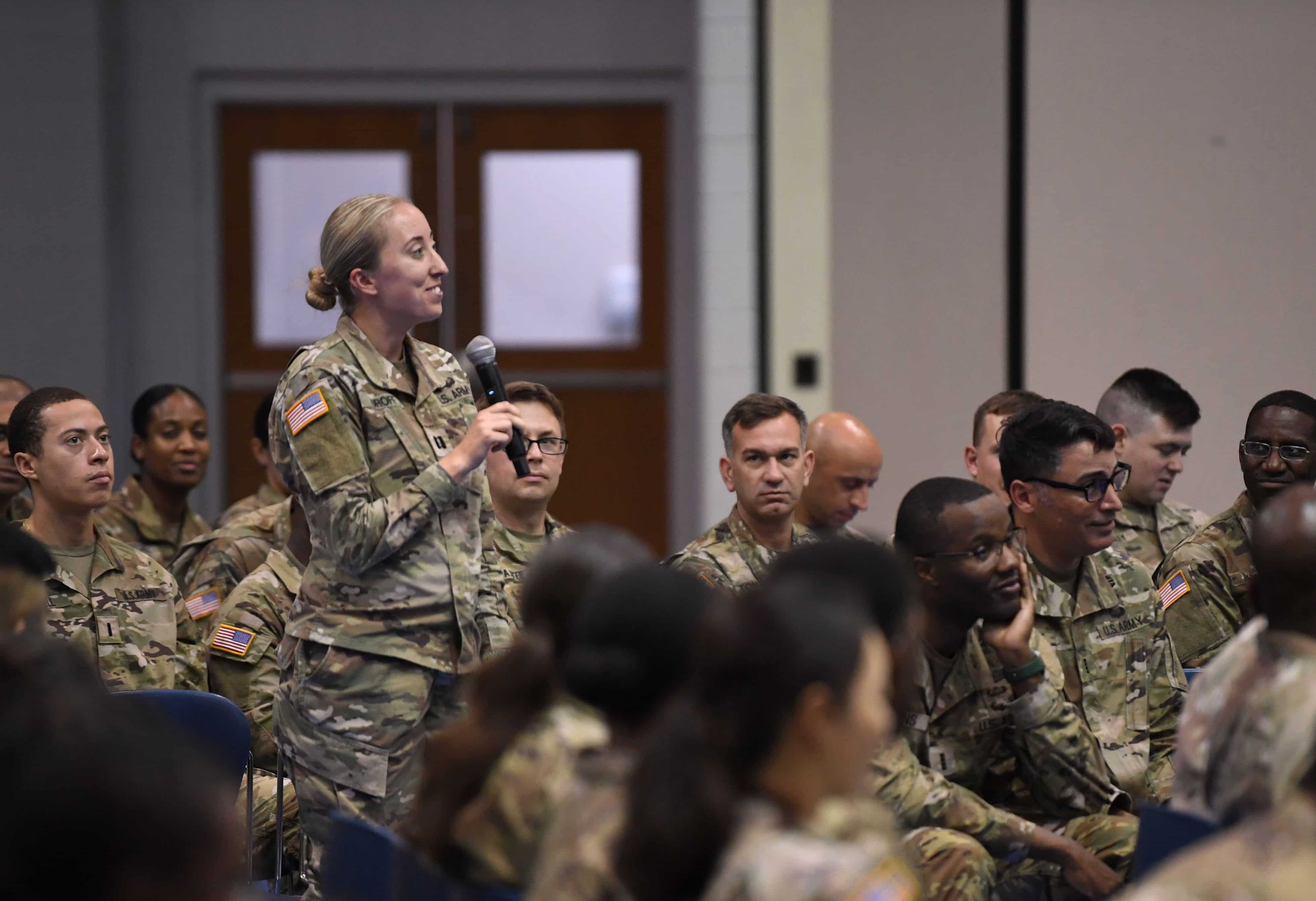An internal study on barriers to service for women in U.S. Army Special Operations Command (USASOC) has found that nearly half of female soldiers face problems with improperly fitting gear. The issues range from ill-fitting body armor to lack of proper facilities for urination in field environments, with some women even resorting to buying or borrowing gear to ensure comfort and safety. Many recommended solutions remain pending as the Army is in the process of testing and implementing new designs. The study also highlighted underlying gender biases in the military, emphasizing the need for a mentality change.
Key Points:
- Widespread Equipment Issues: 44% of the women surveyed experienced problems with equipment fit, including body armor, helmets, and packs, negatively impacting their performance and health. Lack of proper equipment has led to women in the USASOC buying or borrowing suitable gear despite regulations against it.
- Efforts to Address Problems: The Army is working on solutions such as the Modular Scalable Vest, wedge armor add-ons, and adjustable straps for helmets, targeting improvements for different body types. New designs and fit tests are ongoing, with some changes expected to be implemented by 2024.
- Gender Bias and Attitude Change: The study revealed deeply embedded gender bias in staff processes and equipping, creating additional barriers. Changing the mentality that sees supplying tools to female service members as an “accommodation” rather than a necessity is identified as crucial.
- Lack of Information and Awareness: The study showed that lack of information and awareness on how to adjust or request needed items is also part of the problem. The Women in ARSOF initiative is working on educational tools, like video tutorials, to demonstrate correct adjustments, and emphasizing the importance of detailed feedback for engineering improvements.
- More than Practical Consideration: Ensuring that gear fits and meets the needs of female soldiers is more than just practical; it’s about recognizing women as full members of units and teams. The study emphasizes that the proper equipping of female soldiers should be viewed as providing the right tools for the job, not making special accommodations.






